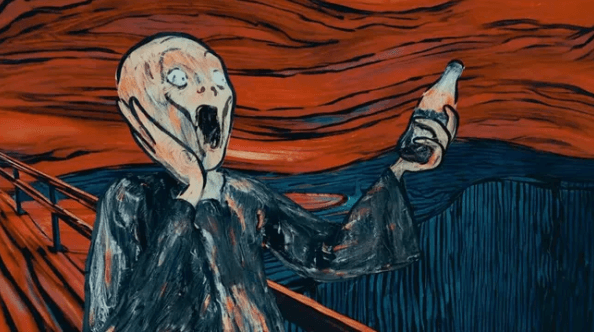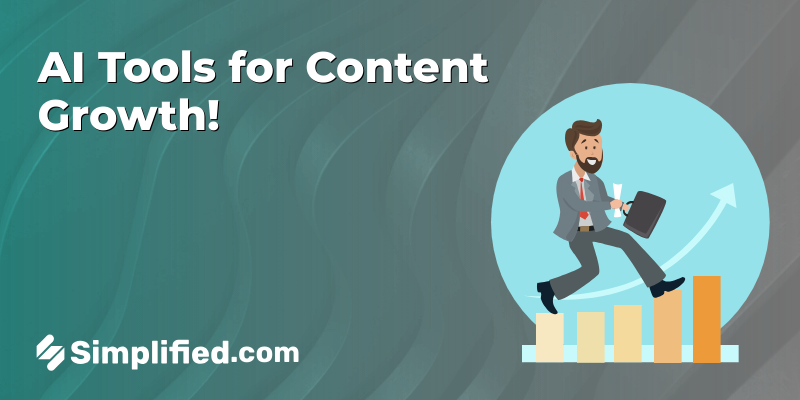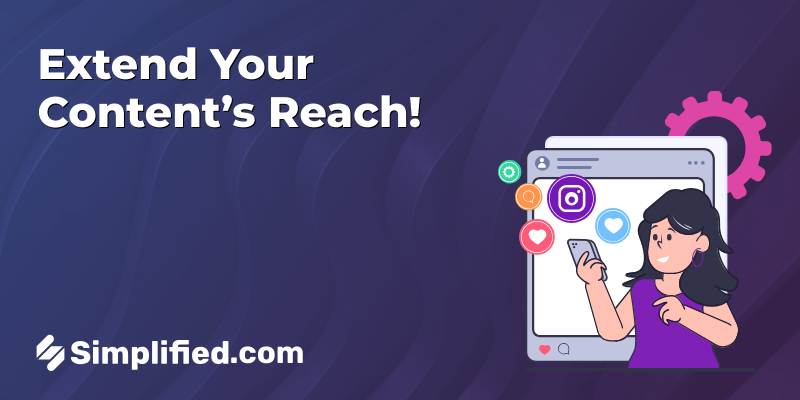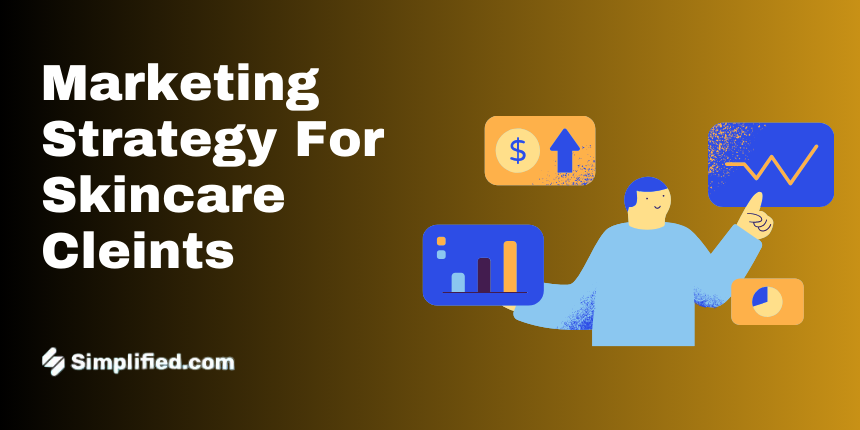
The AI art market, valued at $4.1 billion in 2025, is revolutionizing digital creativity. This emerging field combines human imagination with machine learning algorithms to create stunning visuals, from surreal landscapes to thought-provoking portraits.
AI art tools can generate images from text descriptions, apply artistic styles to photos, or even create short video clips. Major companies like Coca-Cola are already harnessing this technology for their marketing campaigns, highlighting its growing influence in the creative industry.
This guide will walk you through the basics of AI art creation, from understanding the technology to showcasing your work online. Whether you’re an experienced artist exploring new mediums or a curious beginner, you’ll learn how to:
- Choose the right AI art tools for your needs
- Craft effective prompts to guide the AI
- Refine and enhance AI-generated outputs
- Protect and share your creations responsibly
Read on to discover how you can use AI to bring your imagination to reality.

Credit: Coca-Cola
Understanding AI Art
AI art represents a fascinating intersection of creativity and technology. At its core, AI art refers to artwork created with the assistance of artificial intelligence algorithms. These sophisticated systems can generate, manipulate, or enhance various forms of creative content based on input from human artists.
Types of AI Art
- Image Generation: Tools like DALL-E 2, Midjourney, and Stable Diffusion can create detailed images from text descriptions. For example, you could input “A surreal landscape with floating islands and bioluminescent plants under a starry sky” and the AI would generate a unique image matching that description.
- Style Transfer: This technique applies the artistic style of one image to the content of another. Tools like DeepArt allow you to transform your photos into the style of famous painters like Van Gogh or Picasso.
- Video Synthesis: AI can create, manipulate, or enhance video content. AI video generator tools like Simplified offer features like object removal, motion tracking, and even generating short video clips from text.
- Music Composition: AI algorithms can generate original melodies, harmonies, and even full compositions. Platforms like AIVA and Amper Music allow users to create custom soundtracks for their projects.
- 3D Model Generation: Emerging AI tools can create 3D models from text descriptions or 2D images, with applications in game design, architecture, and virtual reality.
- Text-to-Speech and Voice Synthesis: While not visual art, AI can create realistic voice-overs or even singing voices. Tools like Descript’s Overdub or Google’s Tacotron can generate human-like speech.
The AI in AI Art
AI art tools use complex machine learning models, often based on neural networks trained on vast datasets. Many use Generative Adversarial Networks (GANs) or diffusion models to produce increasingly realistic outputs. The artist’s role involves crafting precise prompts, curating outputs, and combining AI-generated elements with traditional techniques.
Getting Started with AI Art
To begin your AI art journey, you’ll need:
AI Art Software
- DALL-E 2
- Excels at creating photorealistic images from text descriptions
- Offers editing features like inpainting and outpainting
- Requires a paid subscription
- Midjourney
- Known for its artistic and stylized outputs
- Operates through a Discord bot interface
- Offers various subscription tiers
- Stable Diffusion
- Open-source and can be run locally on powerful enough hardware
- Highly customizable with a growing ecosystem of models and tools
- Free to use if you have the technical know-how
- DeepArt
- Specializes in style transfer
- Easy to use with a web-based interface
- Offers both free and paid options
- RunwayML
- Versatile platform offering various AI tools including video editing
- Subscription-based with different tiers for various needs
Hardware Requirements
Most AI art tools are cloud-based, which means the heavy computational work happens on remote servers. This makes AI art accessible to almost anyone with:
- A computer or smartphone
- For cloud-based tools, even a basic laptop or recent smartphone model is sufficient
- If you plan to run tools locally (like Stable Diffusion), you’ll need a more powerful setup with a good GPU, at least 16GB of RAM, and SSD storage
- Internet Connection
- A stable broadband connection is crucial
- Minimum recommended speed: 10 Mbps download, 5 Mbps upload
Additional Tools
While not strictly necessary, these tools can enhance your AI art workflow:
- Image editing software (Adobe Photoshop, GIMP, Krita)
- Prompt libraries and generators (PromptHero, MidJourney Prompt Helper)
- File management and cloud storage
- Community platforms (Discord servers, Reddit communities)
Creating AI Art: Step-by-Step Guide
Step 1: Choose Your AI Art Generator
Consider factors like ease of use, output quality, cost, and the type of art you want to create. For beginners, DALL-E 2 or Midjourney are great starting points due to their user-friendly interfaces and high-quality outputs.
Step 2: Prepare Your Input
Crafting effective inputs is crucial. For text prompts:
- Be specific and descriptive
- Use artistic references (e.g., “A portrait in the style of Frida Kahlo”)
- Experiment with structure
- Incorporate technical terms (e.g., “close-up,” “bird’s eye view”)
- Explore modifiers (e.g., “highly detailed,” “4K”)
- Consider negative prompts to avoid unwanted elements
For image inputs:
- Use high-resolution, clear, well-lit photos
- Consider composition
- Experiment with different images to see how they affect the result
Step 3: Generate Your AI Art
- Enter your prompt or upload your image
- Adjust settings like style, color palette, composition, and seed
- Generate multiple versions
- Iterate and refine by adjusting your prompt or settings
- Select your favorite outputs
- Save your work and prompts for future use
Step 4: Refine and Enhance
While AI-generated art can be impressive on its own, many artists choose to refine and enhance their outputs:
- Use photo editing software to adjust elements like color balance, contrast, and sharpness
- Blend elements from different AI-generated images
- Add details using digital painting techniques
- Experiment with different artistic styles
- Consider the composition and crop or resize as needed
- Add text or graphics for specific applications (e.g., posters, album covers)
- Use your edited image as input for another round of AI generation
Remember, the goal is to make the artwork your own. While AI provides a powerful starting point, your artistic vision and skills can take it to the next level.
Security Considerations: Protecting Your AI Art
As you create and share AI art, it’s crucial to consider security and legal aspects:
Understanding Copyright and Licensing
- In most cases, you own the copyright to AI art you create
- Familiarize yourself with the licensing terms of the AI tool you’re using
- Be aware of fair use doctrine if you’re using copyrighted material as input
Watermarking Your Creations
- Add a subtle visual watermark to your images
- Consider using invisible digital watermarks
- Include copyright information in the image metadata
Secure Storage Solutions
- Use reputable cloud services with strong encryption
- Keep local backups of your work
- Consider using version control for project files
Best Practices for Sharing AI Art Online
- Choose reputable platforms for sharing your work. Consider exploring membership platforms to share exclusive content and build a community.
- Understand and use privacy settings on each platform – it’s essential you have some for of protection against identity theft, especially as an artist
- Be cautious with high-resolution uploads
- Use right-click protection where available
- Watermark consistently across all platforms
- Monitor your work online using reverse image search tools
- Educate your audience on proper usage and sharing of your work
Showcasing and Sharing Your AI Art
Creating AI art is just the beginning. Sharing your work with the world can be equally rewarding and challenging.
Bonus: 7 Top AI Sketch Generator Tools Every Artist Needs to Try Today
Platforms to Share and Sell AI Art
- Social Media Platforms
- Instagram: Ideal for visual artists, with features like Stories and Reels
- Twitter: Great for sharing quick updates and joining conversations about AI art
- TikTok: Excellent for creating short, engaging videos about your art process. You can even use a video maker for TikTok to generate marketing material to help advertise your primary AI art.
- Art Communities
- DeviantArt: One of the largest online art communities, with a growing AI art section
- ArtStation: Popular among digital artists and professionals in the entertainment industry
- Behance: Adobe’s creative showcase platform, great for building a professional portfolio
- NFT Marketplaces
- OpenSea: The largest NFT marketplace, supporting various blockchain networks
- Rarible: Allows artists to create and sell single or multiple edition NFTs
- Foundation: A curated NFT platform that requires an invitation to join as a creator
- Print-on-Demand Services
- Society6 and Redbubble: Offer a wide range of products featuring your art
- Printful: Integrates with your own online store for a more personalized selling experience
- Personal Website or Blog
- WordPress, Squarespace, or Wix: Create a customized portfolio to showcase your work
Building an Online Portfolio
- Curate your best work
- Provide context, including prompts or techniques used
- Showcase your process with work-in-progress shots or videos
- Keep it updated and remove older pieces that no longer represent your best work
- Optimize visuals with alt text and relevant keywords for search engines
Tips for Promoting Your AI Art
- Develop a consistent brand across your online presence
- Engage with the AI art community through forums and discussions
- Collaborate with other artists on AI art projects
- Create behind-the-scenes content, tutorials, or process videos
- Use relevant hashtags like #AIArt, #AIArtist, #GenerativeArt
- Engage with your audience by responding to comments and asking for feedback
- Offer commissions or custom work
- Participate in online and offline events related to AI art
- Write about your work on a blog or contribute guest posts to art websites
- Explore traditional art spaces by submitting your AI art to galleries or exhibitions
- Use email marketing to keep fans updated on your latest work
- Consider targeted ads on platforms like Instagram or Facebook
- Record podcasts where you discuss your creative process and the impact of AI in art
Remember, promoting your art is an ongoing process. Be patient, stay consistent, don’t be afraid to try new strategies, and always ensure you protect yourself from identity theft.
Conclusion
AI art represents a fascinating frontier in the world of creativity, blending cutting-edge technology with human imagination. As you embark on your journey into AI-assisted artistry, remember that the tool is just that – a tool. Your unique vision, creativity, and ability to curate and refine outputs are what will set your work apart.
Stay curious and don’t be afraid to experiment. The field of AI art is rapidly evolving, with new tools and techniques emerging regularly. Keep learning, stay engaged with the community, and most importantly, have fun exploring the limitless possibilities of AI-enhanced creativity.
Whether you’re looking to push the boundaries of digital art, explore new forms of expression, or simply enjoy the process of creation, AI art offers a world of opportunities – some of which are potentially very lucrative!


















